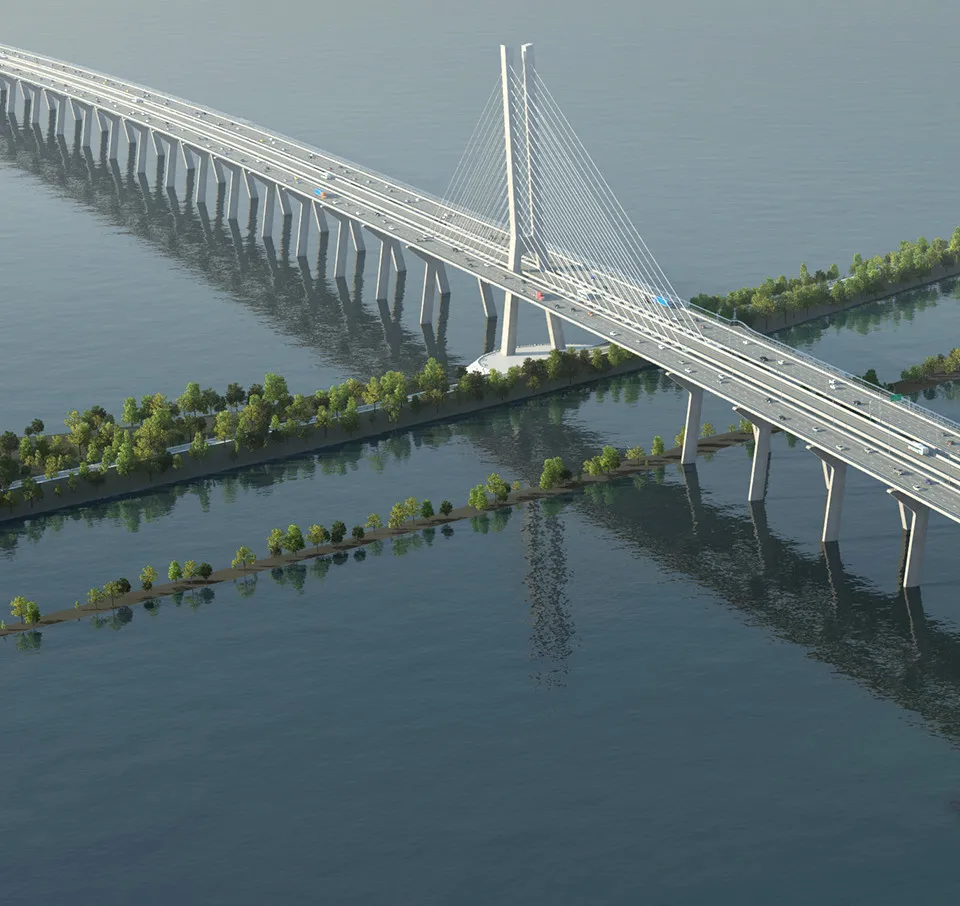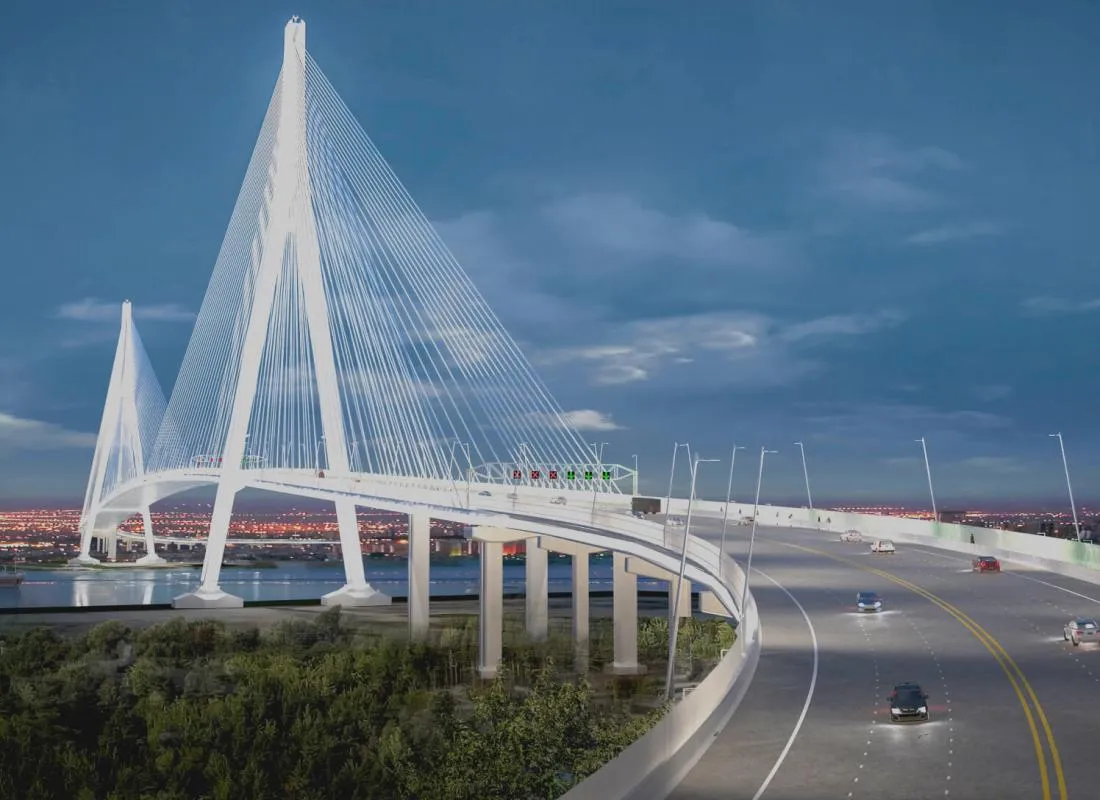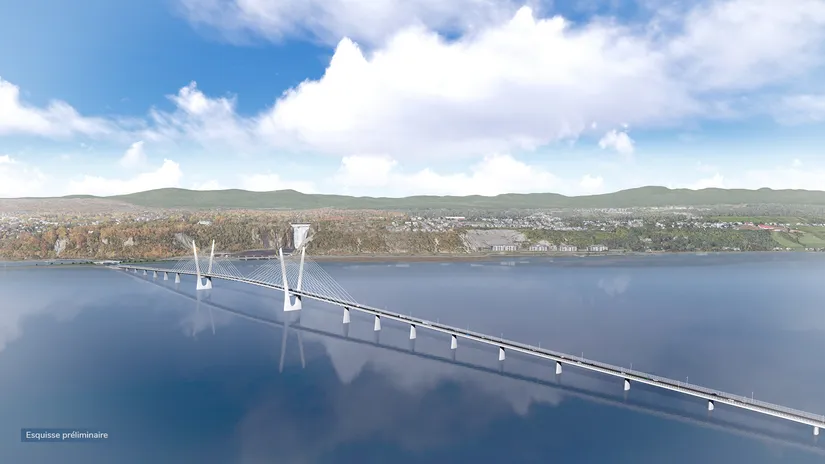
The consortium that oversaw construction of the Champlain Bridge has filed a lawsuit against the federal government claiming it failed to honour its contract.
Signature on the Saint Lawrence consortium, that includes SNC-Lavalin, ACS Infrastructure and Hochtief PPP Solutions, said that the Canadian federal government passed a large part of additional costs onto SSL, according to a report in the Toronto Star newspaper.
The lawsuit for nearly US$302 million (€256.7 million) noted that the old bridge near Montreal in the province of Quebec would be used for transporting construction material for the new bridge being built close be. But in 2016 the provincial agency Transports Quebec imposed significant weight limits for trucks forcing the consortium to resort to barging in supplies which raised construction costs and interfered with the timetable.
Even before this, in September 2015, six months after the partnership contract was signed, the government decided to abolish tolling on the bridge. It was a decision that had financial implications for the consortium that had signed only several months before a public-private partnership deal worth US$34 billion and with a scheduled opening of December 1, 2018. The 3.4km bridge – of a 6km corridor that was constructed - finally opened in June 2019.
Infrastructure Canada, the federal agency responsible for the public-private partnership, denied not having honoured its end of the contract and remains committed to working with SSL.
The new Samuel De Champlain Bridge has six vehicle lanes plus two lanes running in the middle of the bridge for electric public transit trains. The bridge runs from the Ile des Soeurs to Brossard, immediately downstream from the existing Champlain Bridge.
Every year, around 50 million vehicles crossed the old bridge, Canada’s most heavily travelled bridge and a major route for traffic to and from the US. Construction of the existing steel truss cantilever bridge, as well as accompanying approaches and the Bonaventure Expressway, started in 1957 and finished in 1962. Of the old 14.5km-long complex, the bridge is 7.4km.








